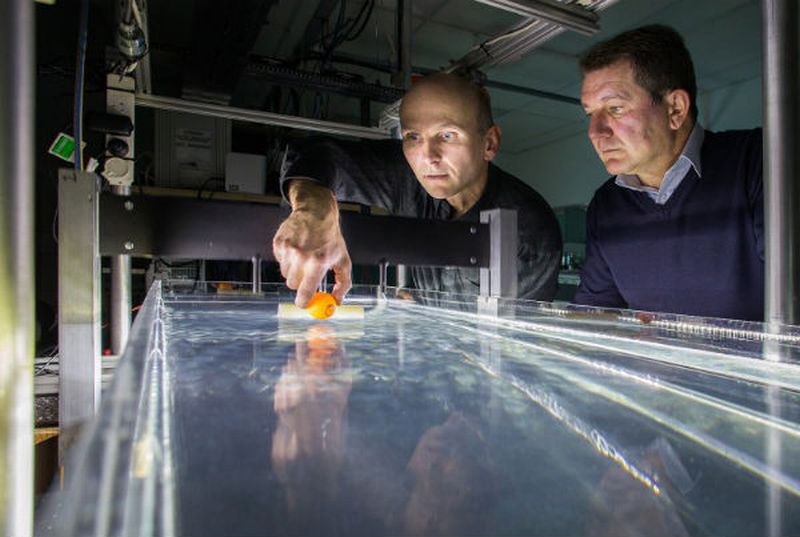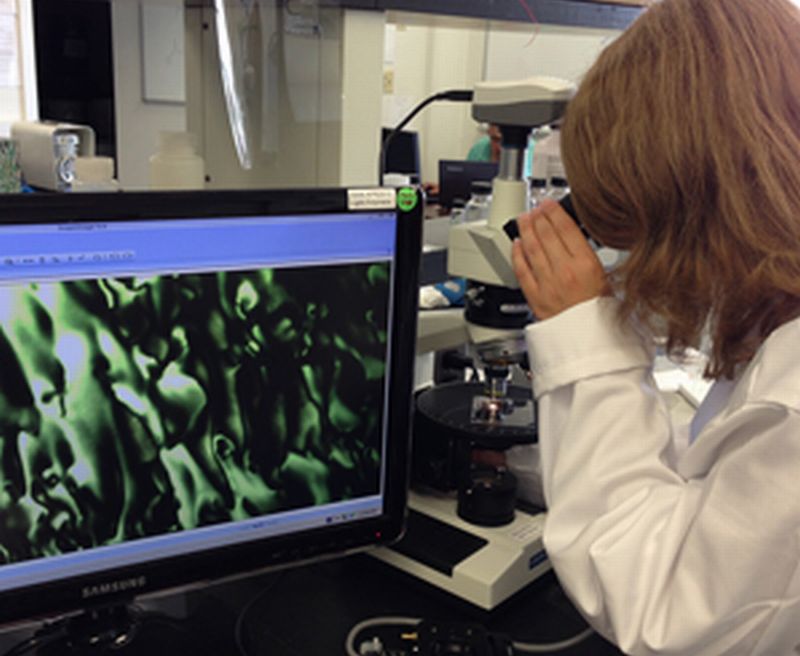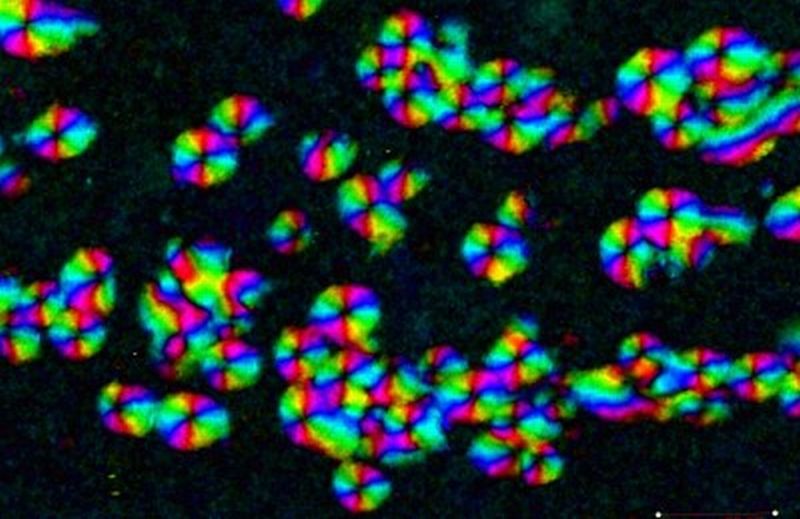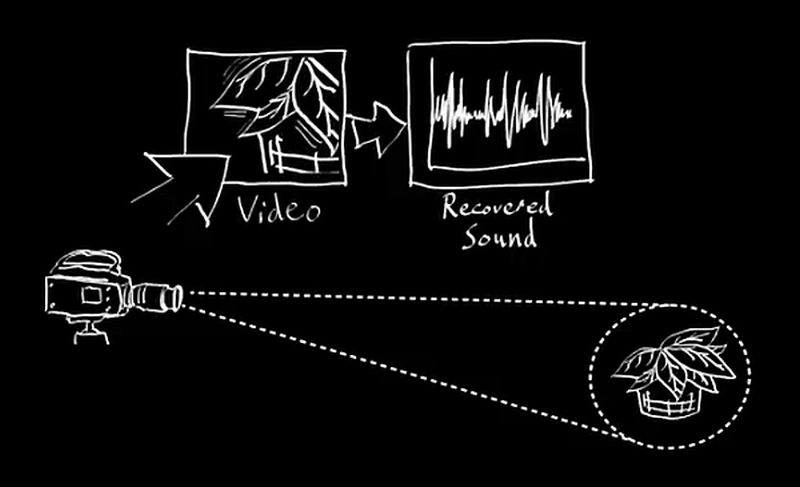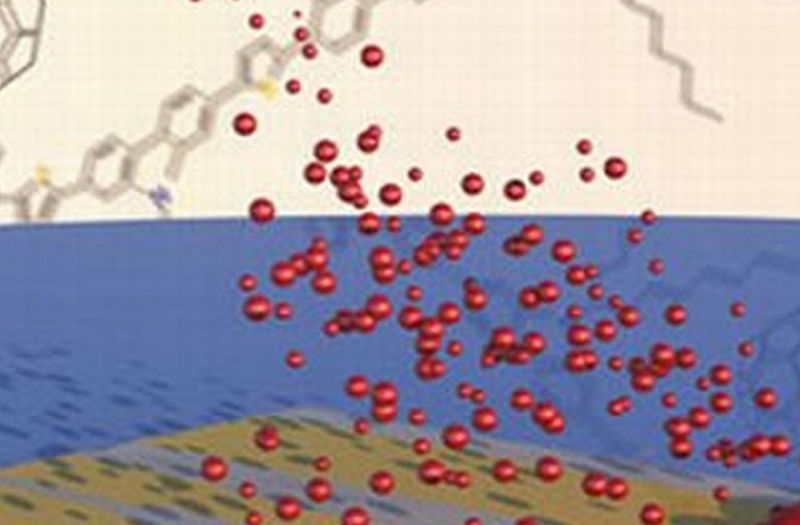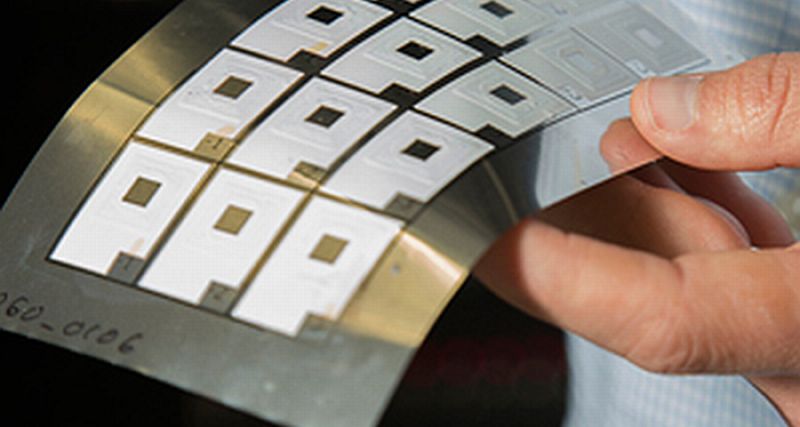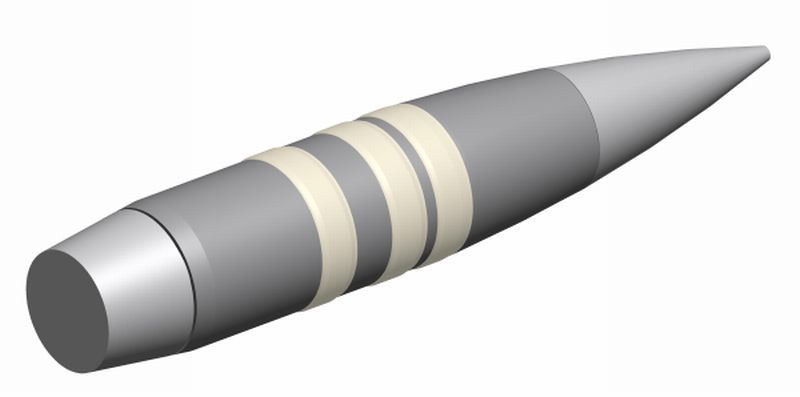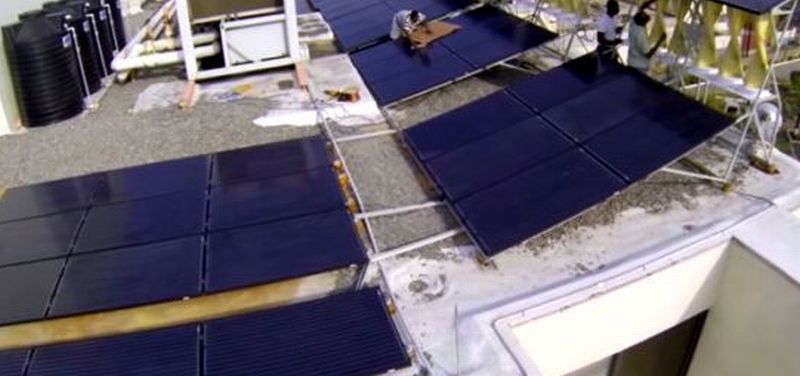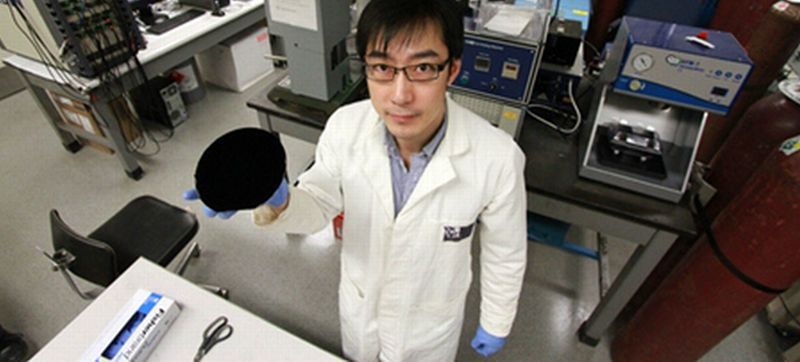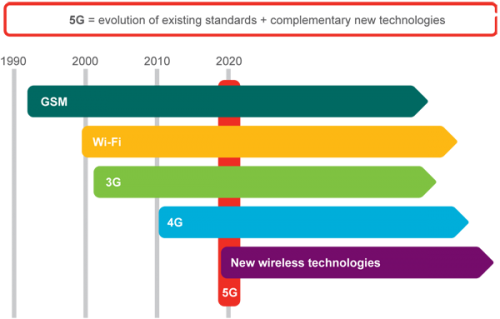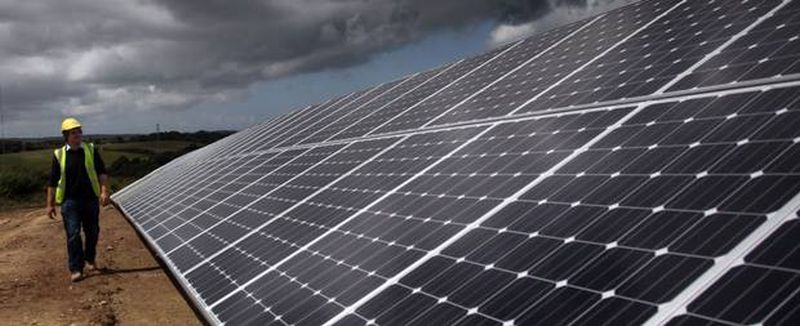With the use of simple wave generators, experts at the Australian National University, Canberra have demonstrated the idea of manipulating floating object in water. The same approach has also helped them in moving the object against the course of the waves. In order to display the phenomenon, the team placed a ping-pong ball in a tank containing water. Then three-dimensional waves were produced which in turn created patterns on the water surface and consequently, the ball stayed in one position or move towards or receded away from the wave generator…
Read MoreCategory: Futuretech Tonics
Efficient LCD Designs with Super-Fast Pixels: Sequential Display
Generally, display is the only feature that eats up nearly 45 to 70 percent of the total energy in portable electronics. In order to combat this issue, Light Polymers, South San Francisco based startup have come up with a new type of liquid crystal display (LCD) called the sequential display, it has an ability to switch quickly relatively hence giving brighter screens to smartphones and lasting them longer on charge.
Read MoreGraphene Sheet morphs into Droplets: A Serendipitous Discovery
Graphene does not stop surprising researchers with its limitations when it comes to application in fields like electronics, energy storage and energy generation. The list does not end here, now the wonder material looks promising in domain of medical sciences as well. During routine tests, Monash University’s researchers discovered that sheets of graphene oxide morph into liquid crystal droplets on its own accord. With its new avatar, the graphene droplets have find a promising place in delivery of drugs and disease detection, claimed the researchers.
Read MoreReconstructing Audio from Infinitesimal Vibrations: Algorithm recovers Sounds from Objects
In an extraordinary way of recovering speech from vibrations of things like potted plant and potato chips bag, researchers at MIT, Microsoft and Adobe have created an algo that can decipher audio signal by analyzing the object’s infinitesimal vibrations. Upon performing experiment on detecting vibrations of a potato-chip bag, the researchers were able to reach a good precision with respect to speech. The bag was being photographed by a high quality camera with a distance of 15 feet installed in a soundproof glass-room.
Read MoreNew Spray-on Solar Cells: Thin-film Photovoltaic Technology
In an interesting way, a group of researchers at the University of Sheffield was able to develop perovskite solar cells with the help of spray-painting process. Although the process is not new but using perovskite as a spraying material is being employed for the first time. Sheffield’s experts from the department of Physics and Biological Engineering have already used the spray-painting process to fabricate solar cells but the material used was organic semiconductors. In 2012, the researchers were able to successfully demonstrate the efficiency of photovoltaics based on organometal halide…
Read MoreColor changing Ice Cream: Fruit-flavoured treat invented by a Physicist
In an interested way in doing something unconventional, a Spanish physicist pioneered in preparing magical ice cream that changes color as it is tasted in a cone. Wanting to do something different from the usual research work, the engineer, professor and physicist Manuel Linares thought of doing something in the line of cookery. His love for ice cream and fascination towards the phenomenon, which causes its change in color under fluorescent lights, compelled him to create an ice cream that varies in color as per the temperature and acids found…
Read MoreFlexible and Enduring Rechargeable Battery: Reshaping landscape for Wearable Devices
In an effort to reshape the battery landscape, Imprint Energy, a California based startup is fabricating flexible and rechargeable batteries, which can be printed using the very common industrial screen printers. The firm envisions to market the ultrathin zinc based polymer batteries to wearable electronics manufacturers and pitch the same in medical field, robotics and military for environmental sensors and smart labels.
Read MoreDARPA’s Guided Bullets: Revolutionizing Rifle Accuracy or Developing Tools for RoboSoldiers
In an interesting ammunition research development program, DARPA has come about with a technology that could change mid flight direction of bullet only to hit the target down. Extreme Accuracy Tasked Ordnance program under DARPA brought about the first live-fire tests showing the in-flight guidance of .50-caliber bullets. EXACTO is able to demonstrate the maneuvering of bullet’s direction while it’s in mid flight only to counter balance the aim that is being set by the sniper. Agency released the following video depicting the test flight of 0.50-caliber bullets that were…
Read MoreWorld’s Largest Wind Solar Hybrid: Saving Over $2 Million in Energy Costs
Lately, in Jamaica wind-solar array has been installed, which happens to be the world’s first such arrangement. This hybrid array boasts of providing the maximum renewable energy density of any technology on the market. Energy limit of more than 106,000 kWh is expected to churn out yearly. WindStream Technologies, the renewable energy tech firm envision that the longevity of the project is around 25 years and the energy cost savings is graphed to go beyond $US 2 million. However, the return on investment will start showing itself within the consequent…
Read MoreCarbon on the Cathode of Li-ion Batteries: The New Electrochemistry Technology
The University of Alberta experts have fabricated next gen batteries from carbon nanomaterials. This novel product is standing tall in front of conventional lithium-ion batteries where the former is efficient enough to charge faster and happens to lasts longer relatively. The electrochemistry technology As per Xinwei Cui, one of the lead researchers, they have worked upon an innovative approach towards electrochemistry technology consequent upon which, they it was able to yield higher energy density and power. The team has worked along a mechanism called the induced fluorination, a new concept…
Read MoreEricsson 5G delivers 5 Gbps speeds: Connectivity across Telephony to Applications
Unlike any international tech event, this year at the Mobile World Congress in Barcelona people showed an intensive interest on the use of 5G networks. As expected, the 5G network would be offering exponential gains over its predecessor 4G in terms of the two main things, speed and capacity. Anyhow, 2020 is the anticipated year for the implementation of the 5G networks however lately, Ericsson, the Stockholm-based communications technology and services company has demonstrated the pre-standard 5G network technology by displaying its ability of achieving 5 gbps speed.
Read MoreSolar Cells to replace Toxic Cadmium Chloride: Promises Clean Energy
Energy Industry around the world is constantly evolving in terms of innovation to harness clean energy from renewal energy like sunlight, wind, tides rain and so on. Harnessing energy from sunlight using solar panels are being used worldwide and its production is also increasing. Unfortunately, during manufacturing these commonly used solar panels requires a highly toxic and water soluble chemical known as cadmium chloride. The cadmium chloride is known to cause genetic defects and disease related to heart, kidney and other severe health hazards. And if accidentally the chemical reaches to the water bodies, the toxic chemical causes havoc,…
Read MoreHarley-Davidson’s first Electric Motorcycle: H-D’s new Avatar
Today we have giant companies Like Tesla, Honda and BMW, investing in research for creating advanced electric cars. But when it comes to electric bikes, the market is limited with just a few options of low powered electric bikes or scooters which surely does not appeal to motorcycle lovers. However, this perception of electric bikes seems to change, as the king of motorcycle, Harley Davidson has announced their project LiveWire to roll out first ever electric bike.
Read MorePolymer for a Shatterproof Smartphone Touchscreen: Copper-based Flexible Display
Polymer scientists at University of Akron have developed an electrode, which is transparent in nature. Researchers aim to create shatterproof screens for smartphones with this newly fabricated layer of electrode. It’s been quite some time now since, researchers were looking for alternatives to conventional indium-tin oxide, the ITO technology used for making the touchscreen. Brittleness is one of the major flaws with smartphone screens made up of ITO technology. Another equally important reason for looking at its alternative is its scarcity. Moreover, escalation of smartphone and tablet market is fueling…
Read MoreBiofuel from Waste Coffee Grounds: Car running on Coffee
Recycling industrial or household waste is very imperative for keeping the environment clean. Recently, researchers from the University of Bath have demonstrated an effective method of generating biofuel from waste coffee grounds that can power vehicles.
Read More
